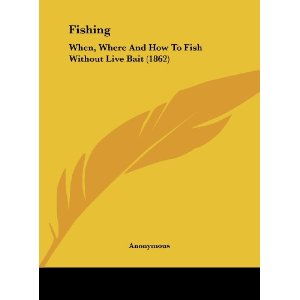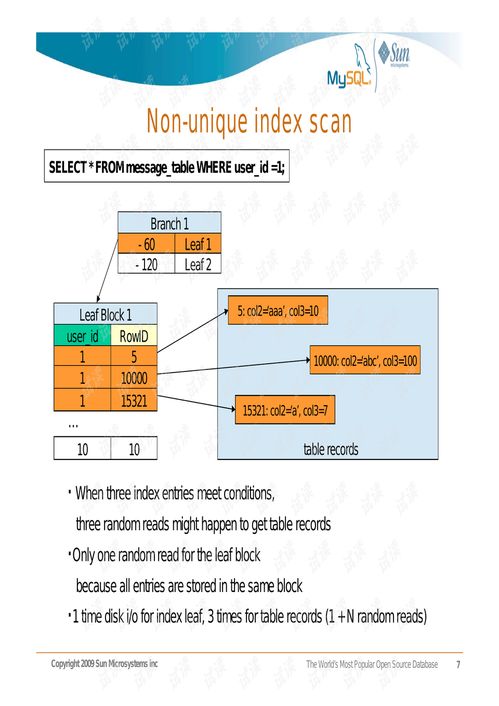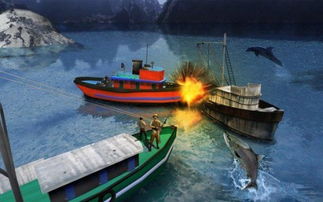Content:
In the realm of freshwater fishing, the bighead carp, or Chondrostoma nasus, is a sought-after catch due to its size and the thrill of the battle. Known for their voracious appetites and impressive strength, these fish can be quite a challenge to catch. Whether you're a seasoned angler or a beginner looking to improve your skills, this comprehensive video guide on fishing techniques for bighead carp will equip you with the knowledge and strategies needed to land these majestic creatures. Here's a detailed look into the world of bighead carp fishing, complete with expert tips and tricks.

Understanding Bighead Carp Behavior
Before diving into the fishing techniques, it's crucial to understand the behavior of bighead carp. These fish are known to be bottom feeders, often found in shallow waters where they sift through the sediment in search of food. They are most active during twilight hours and at night, making these times ideal for fishing. Additionally, bighead carp are highly sensitive to water quality, so fishing in areas with clean, well-oxygenated water will increase your chances of success.
Choosing the Right Equipment
To effectively fish for bighead carp, you'll need the right equipment. Here's a rundown of the essential gear:
Rod and Reel: A medium-heavy to heavy-duty rod with a fast action is ideal for handling the strong pulls of bighead carp. A spinning reel with a good drag system is recommended to manage the fish's powerful runs.
Line: Use a monofilament line with a breaking strength of at least 20 pounds to ensure you can handle the fish's strength.
Hooks: Bighead carp have a large mouth, so larger hooks, typically ranging from 4/0 to 6/0, are necessary. Choose hooks with a wide gap to prevent the fish from easily spitting out the bait.
Bait: Live bait such as worms, leeches, or small fish are highly effective for attracting bighead carp. Artificial lures can also be used, especially during the daylight hours when live bait may not be as appealing.
Leader and Sinkers: A leader of around 2 to 3 feet in length with a swivel or knot to prevent line twist is essential. Attach a sinker to the leader to help keep your bait on the bottom where the carp are feeding.
Fishing Techniques
Locating the Fish: Use a depth finder to locate the fish in the water column. Bighead carp tend to stay in deeper water during the day but move to shallower areas at night. Once you've identified their location, position your boat accordingly.
Trolling: Trolling is a popular method for catching bighead carp. Attach your bait to a downrigger or use a drift boat to slowly move your boat with the current. Adjust your speed to keep the bait at the desired depth.
Still Fishing: For still fishing, anchor your boat in a prime spot and let your bait settle to the bottom. Cast your line out and wait for a bite. This method requires patience but can be highly effective.
Fishing at Night: Night fishing is often the best time to catch bighead carp. Use a headlamp to see your bait and the water below. Keep your movements slow and quiet to avoid startling the fish.
Presenting the Bait: When presenting your bait, it's important to mimic the natural movement of the prey. A slow, steady retrieve or a slight twitch can trigger a bite. Be mindful of the current and adjust your technique accordingly.
Handling the Fish: Once you've hooked a bighead carp, be prepared for a fight. Use a net to help land the fish, as they can be quite strong and may break light tackle. Once landed, release the fish as quickly as possible to ensure its survival.
Video Guide
To further enhance your fishing skills, a video guide can be invaluable. Look for tutorials that cover the following topics:
- How to set up your tackle and rig
- Different techniques for catching bighead carp
- Tips for reading the water and identifying fish
- Strategies for handling and releasing fish
By watching these videos, you can learn from the experiences of seasoned anglers and apply their techniques to your own fishing trips.
In conclusion, catching bighead carp requires patience, the right equipment, and a good understanding of the fish's behavior. With the right techniques and a comprehensive video guide, you'll be well on your way to landing these impressive fish. Happy fishing!












